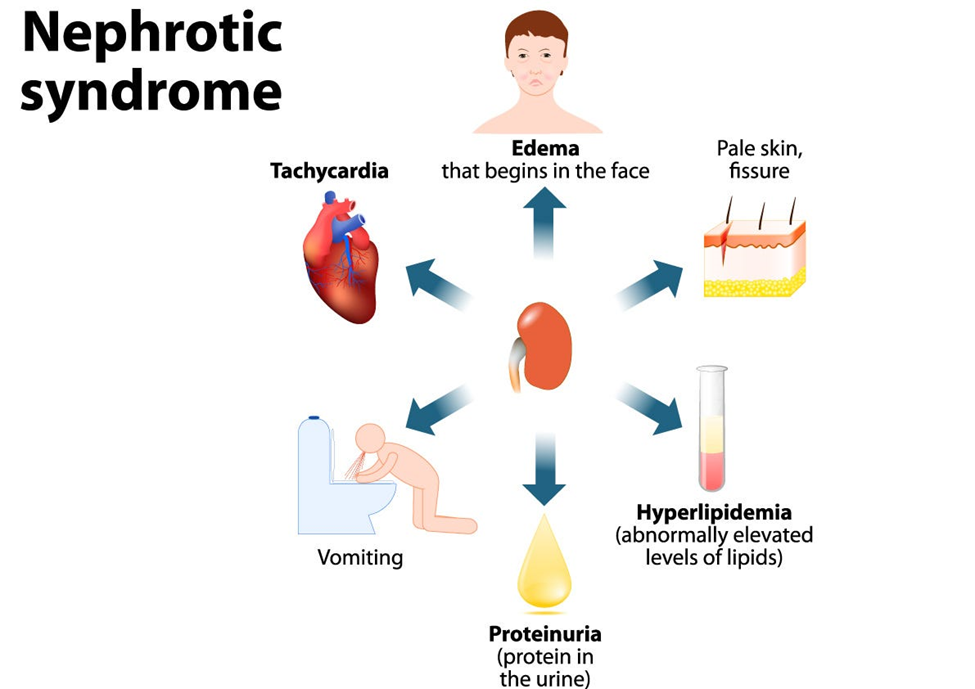A nurse is reinforcing teaching about lice with the parents of a school-age child at a well-child visit. Which of the following information should the nurse include?
"Lice do not survive away from the host."
"Washing your child's hair daily will prevent lice."
"Encourage your child to avoid sharing hats with other children."
"Lice can jump from one child to another."
The Correct Answer is C
A. "Lice do not survive away from the host."
- This statement is incorrect. Lice can survive away from the host (human scalp) for a limited period, usually up to 1-2 days. They may be found on items such as bedding, clothing, hats, or hair accessories. Therefore, proper cleaning and disinfection of these items are essential to prevent the spread of lice.
B. "Washing your child's hair daily will prevent lice."
- This statement is incorrect. While maintaining good hygiene is important, washing hair daily does not necessarily prevent lice infestation. Lice infestations occur through direct head-to-head contact with an infested person, not due to uncleanliness. Additionally, lice are more commonly found in clean hair rather than dirty hair.
C. "Encourage your child to avoid sharing hats with other children."
- This statement is correct. Sharing personal items such as hats, scarves, brushes, or hair accessories can facilitate the spread of lice from one person to another. Therefore, it's important to advise children not to share these items to reduce the risk of lice transmission.
D. "Lice can jump from one child to another."
- This statement is incorrect. Lice do not have the ability to jump or fly. They spread through direct contact with the hair or scalp of an infested person. However, they can crawl quickly from one person to another, especially when there is close contact, such as during play or when sharing personal items.
Nursing Test Bank
Naxlex Comprehensive Predictor Exams
Related Questions
Correct Answer is C
Explanation
A. Orange-tinged urine
- This manifestation is not typically associated with nephrotic syndrome. Orange-tinged urine may indicate other conditions such as dehydration, liver disease, or the presence of certain medications or foods.
B. Hypertension
- Hypertension is not a common manifestation of nephrotic syndrome. However, it can occur in some cases due to the retention of sodium and water, which can lead to fluid overload and increased blood pressure.
C. Periorbital edema
- This is a classic manifestation of nephrotic syndrome. Periorbital edema, or swelling around the eyes, is often one of the initial signs observed in children with nephrotic syndrome due to the loss of protein in the urine, leading to fluid accumulation in the tissues.
D. Polyuria
- Polyuria, or increased urine output, is not typically associated with nephrotic syndrome. Instead, children with nephrotic syndrome may experience oliguria or normal urine output, depending on the severity of renal involvement and fluid balance.

Correct Answer is B
Explanation
A. "I know this can be embarrassing. I have kids myself so I understand, and it doesn't bother me."
This response acknowledges the child's feelings and reassures the parents that bedwetting is a common occurrence, especially during hospitalization. It also demonstrates empathy by sharing a personal experience. However, it may not address the parents' concerns about their child's bedwetting or provide information on how to manage it.
B. "Children who are hospitalized often regress. The toileting skills will return when your child is feeling better."
This response provides an explanation for the bedwetting incident, reassuring the parents that it is a common response to hospitalization and will likely resolve once the child feels better. It offers support and normalization of the behavior, which can help alleviate the parents' concerns.
C. "I will discuss your child's loss of bladder control with the provider."
This response indicates that the nurse will address the issue with the healthcare provider, which is appropriate if further evaluation or intervention is needed. However, it may not directly address the parents' concerns or provide immediate reassurance.
D. "Why is she wetting the bed in the hospital? She must wet the bed at home."
This response may come across as accusatory or judgmental, which can increase parental anxiety or guilt. It does not provide reassurance or support to the parents and does not address the child's immediate needs.
Whether you are a student looking to ace your exams or a practicing nurse seeking to enhance your expertise , our nursing education contents will empower you with the confidence and competence to make a difference in the lives of patients and become a respected leader in the healthcare field.
Visit Naxlex, invest in your future and unlock endless possibilities with our unparalleled nursing education contents today
Report Wrong Answer on the Current Question
Do you disagree with the answer? If yes, what is your expected answer? Explain.
Kindly be descriptive with the issue you are facing.
